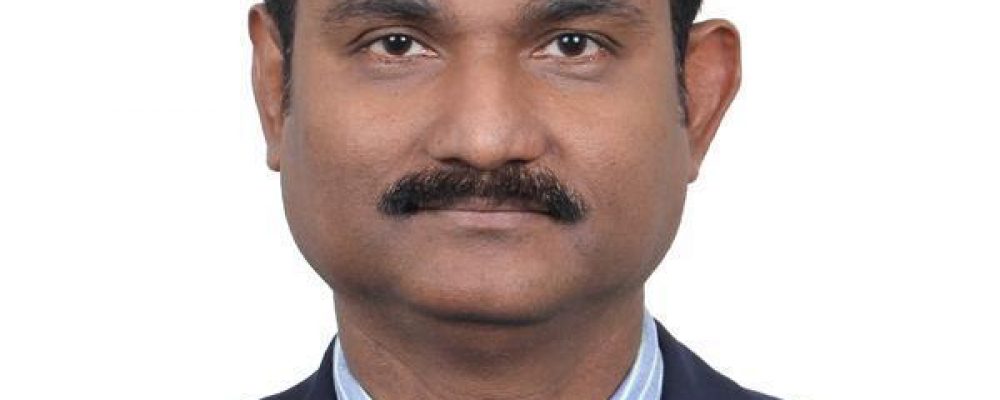Veins return blood from the rest of your body to your heart, so the blood can be recirculated. To return blood to your heart, the veins in your legs must work against gravity. If it doesn’t it leads to a condition called Varicose Veins. This is caused by weakened valves (incompetent valves) within the veins that allow blood to pool in your veins instead of traveling to your heart.
Studies suggest that around 31 percent of the middle east population is susceptible to varicose veins. Worldwide the prevalence is found to be between 10 to 30 percent with higher prevalence in developed countries.
“While varicose veins are twisted, enlarged veins, any superficial vein may become varicosed, but the veins most commonly affected are those in the legs. That’s because standing and walking upright increases the pressure in the veins of your lower body,” said Dr. Nihar Ranjan Pradhan, Senior Consultant, Vascular & Endovascular Surgeon, Apollo Hospitals, Hyderabad
The incidence and prevalence of varicose veins is higher in patients with prior history of venous disease and/or family history of venous disease. Females tend to be more affected than males. Multiple pregnancies, OCP use, hormonal changes brought about by pregnancy, and menopause are additional risk factors in the female population. The incidence of the condition also increase with increasing age. People over 45 years of age are seen to suffer most from this condition.
Most patients with varicose veins are present in the 4th or 5th decade although the genesis of the disease begins from childhood. Varicosities continue to worsen and recruit new areas of involvement throughout life and thus usually present in advanced stages by the time symptoms develop.
“Lifestyle choices as prolonged standing or sitting, inactivity, leg injury, repeated strain in the abdominal region from heavy lifting or constipation etc. are the key factors that cause varicose veins. Obesity can also cause varicose veins to develop. Carrying extra pounds puts pressure on your veins. Obese people may not realize they have varicose veins if the veins are not visible due to excess fat. If unseen, varicose veins go untreated, which can lead to more serious health problems, including leg ulcers. Some of the common symptoms to look out for include leg heaviness, exercise intolerance, pain or tenderness along a vein, pruritis or itching, burning sensations, restless legs, edema or swelling of the ankle and leg, skin changes and paresthesias or abnormal sensations,” added Dr Pradhan.
As with any medical condition,varicose veins is easier to prevent than to treat.Hence maintaining a healthy lifestyle and regular exercise is key to prevention. Keeping a low threshold to get evaluated for suspicious visibly dilated veins helps to treat early and prevent irreversible changes to the micro-circulation, skin and subcutaneous tissue.
Mortality associated with varicose veins is almost entirely due to the condition being associated with Venous Thromboembolism, which has approximately 5 times greater risk.Patients with varicose veins and significant venous reflux are at high risk to progression to chronic venous leg ulcers which can be difficult to treat effectively.Treatment in the early stages with medical therapy along with compression therapy or Endovascular treatment(EVLT, RFA) or (rarely) Open Surgery is mostrecommended for excellent results.
With timely and appropriate treatment, vast majority of patients have a good outcome and can go on to live a normal life.




